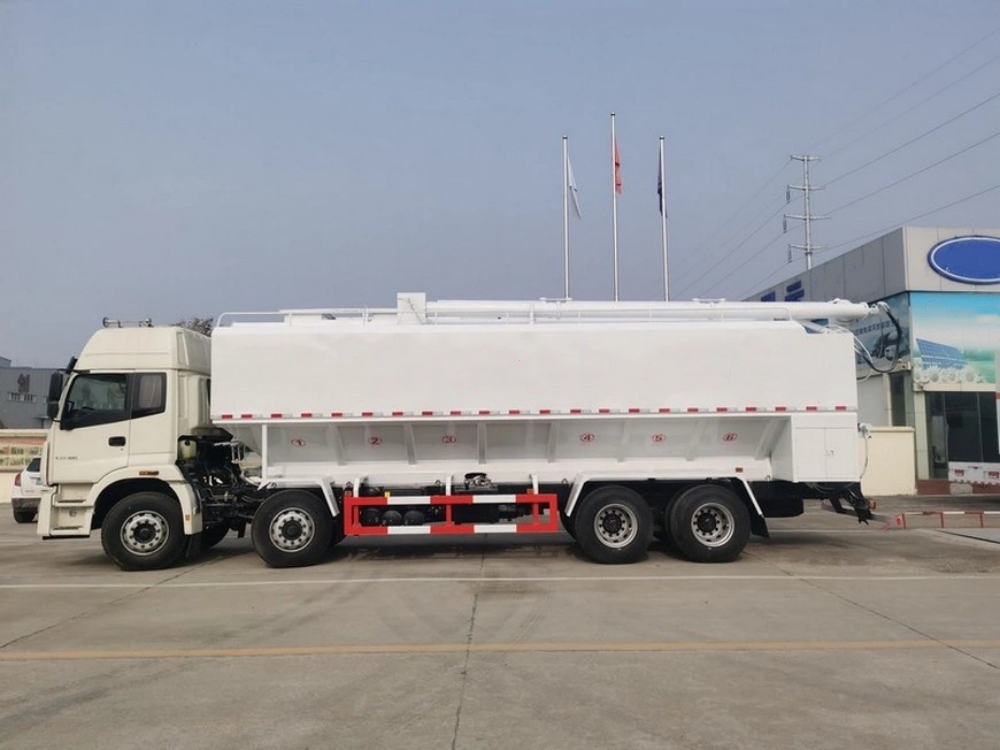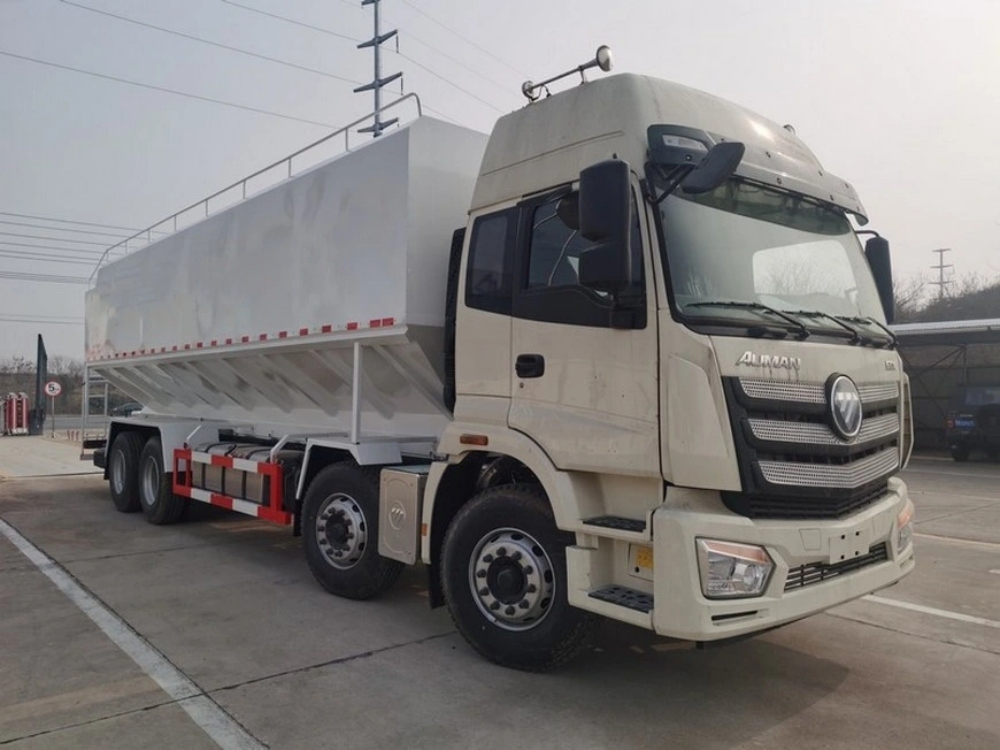A dry bulk tanker is a specialized vehicle designed to transport large quantities of dry, powdered, or granular materials. These materials include cement, flour, sugar, grains, fly ash, plastic pellets, and other dry bulk commodities. The design and construction of dry bulk tankers allow for efficient loading, transportation, and unloading of these materials, making them a crucial part of various industries, including construction, agriculture, and manufacturing.
Types of Dry Bulk Tankers
Dry bulk tankers come in several types, depending on the specific material they are designed to transport. The primary types include:
- Pneumatic Dry Bulk Tankers: These tankers use a pneumatic system to load and unload dry bulk materials. Compressed air is used to move the materials through pipes and into storage facilities or silos. Pneumatic tankers are commonly used for cement, fly ash, and other fine powders.
- Bottom Dump Dry Bulk Tankers: These tankers are equipped with hoppers and gravity-fed discharge chutes. They rely on gravity to unload materials like sand, gravel, and agricultural products such as grains.
- Vacuum Dry Bulk Tankers: These are designed to handle highly sensitive materials that require a sealed system to prevent contamination. They use vacuum pressure to load and unload materials.
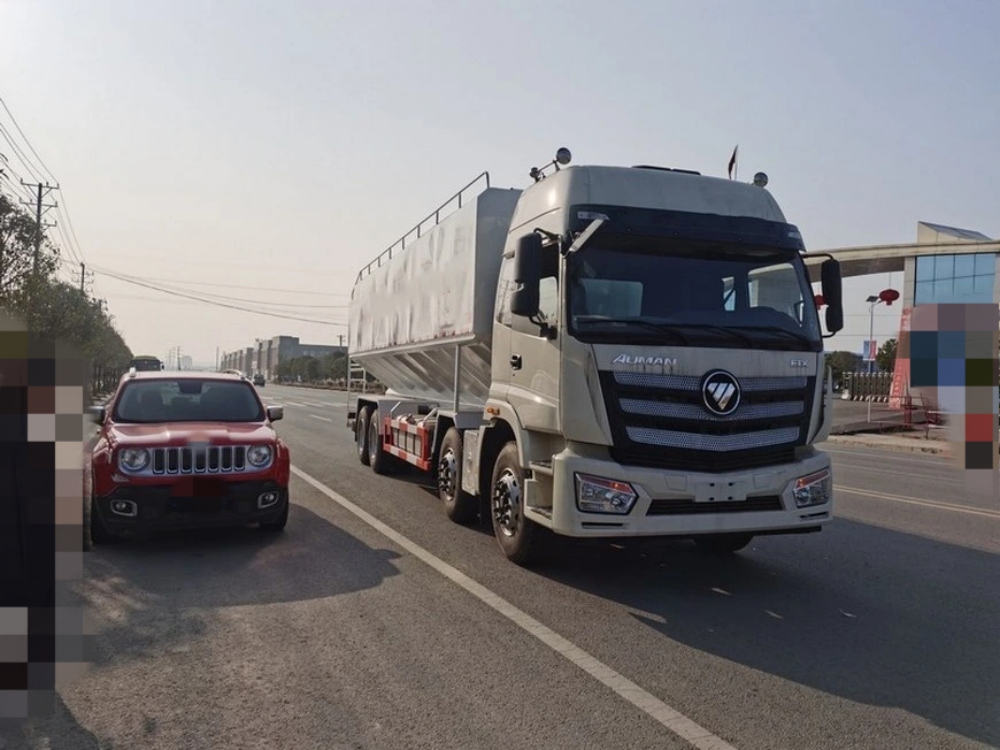
Construction and Design
Dry bulk tankers are constructed with specialized materials and designs to ensure the safe and efficient transport of bulk goods. Key design elements include:
- Material Composition: Most dry bulk tankers are made from aluminum or stainless steel, providing durability, corrosion resistance, and reduced weight for improved fuel efficiency.
- Capacity: The capacity of dry bulk tankers varies, typically ranging from 20 to 60 cubic meters, depending on the specific application and regulations.
- Compartmentalization: Some dry bulk tankers are divided into multiple compartments to transport different materials simultaneously.
- Pressurization System: Pneumatic tankers require a pressurization system to facilitate unloading through hoses and pipes.
- Hopper and Discharge Systems: Many dry bulk tankers are equipped with hoppers and controlled discharge mechanisms to ensure smooth unloading.
How a Dry Bulk Tanker Works
The operation of a dry bulk tanker depends on its design and the materials it is transporting. Here’s a step-by-step overview of how it works:
- Loading: The dry bulk material is loaded into the tanker using a conveyor, vacuum, or pressurized system. Proper sealing ensures that the materials remain free from moisture and contaminants.
- Transport: Once loaded, the tanker moves to its destination. The sealed design prevents material loss and protects against environmental factors.
- Unloading: At the delivery site, the materials are discharged using gravity, vacuum, or pneumatic pressure, depending on the tanker’s design. Pneumatic systems use compressed air to push the material through hoses into storage containers or silos.
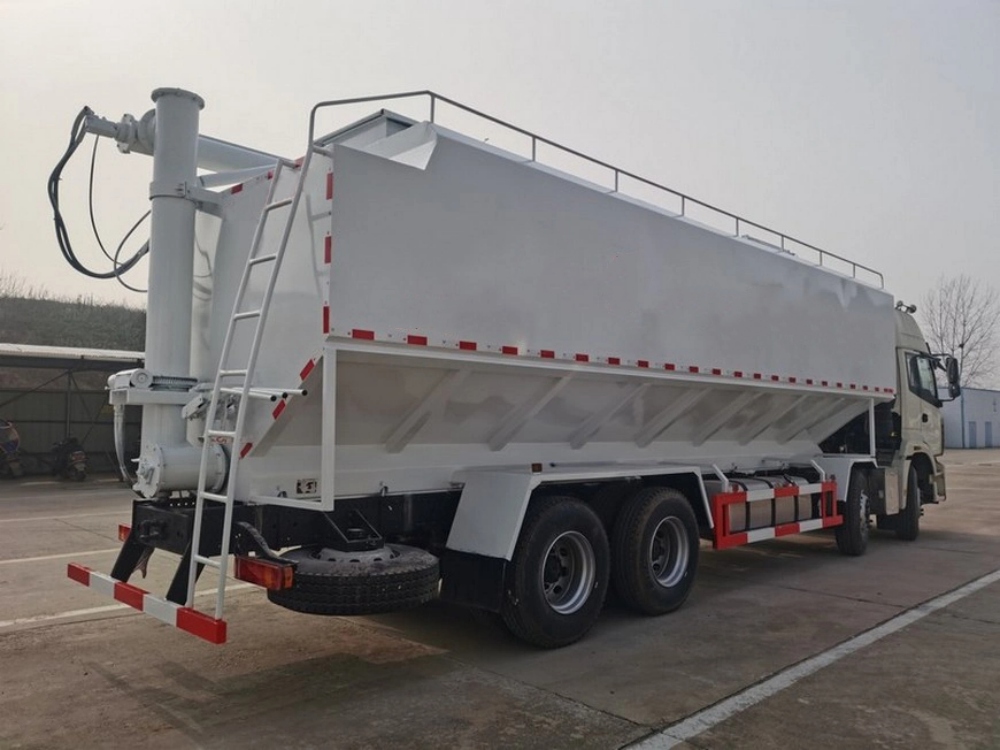
Industries That Use Dry Bulk Tankers
Various industries rely on dry bulk tankers for efficient material transport, including:
- Construction: Transporting cement, fly ash, and sand for concrete production.
- Agriculture: Moving grains, animal feed, and fertilizers.
- Food Industry: Transporting flour, sugar, and starch products in a contamination-free environment.
- Chemical Industry: Transporting plastic resins, powders, and chemical additives safely.
- Mining: Handling minerals and dry ores.
Advantages of Dry Bulk Tankers
Dry bulk tankers offer several advantages over other transportation methods:
- Efficiency: They allow for quick loading and unloading, reducing downtime and improving productivity.
- Cost-Effective: Transporting large volumes in a single trip lowers overall costs.
- Safety: Sealed compartments prevent contamination and spillage, ensuring safe transport.
- Environmental Protection: Reduced dust and material loss contribute to cleaner operations.
- Versatility: Suitable for a wide range of materials across different industries.
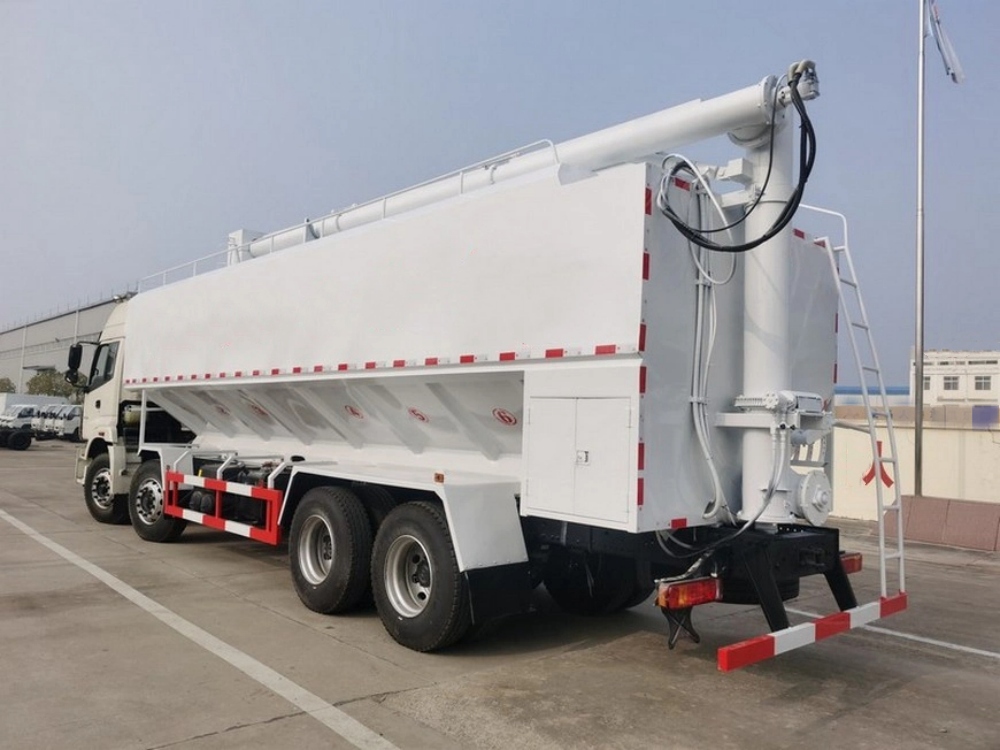
Maintenance and Safety Considerations
To ensure longevity and safe operation, dry bulk tankers require regular maintenance and adherence to safety protocols. Key considerations include:
- Inspection of Seals and Valves: Regular checks prevent leaks and contamination.
- Cleaning Procedures: Proper cleaning between loads prevents cross-contamination, especially in food and chemical industries.
- Pressure System Checks: Ensuring pneumatic and vacuum systems are in optimal condition prevents unloading issues.
- Structural Integrity: Regular inspections for corrosion, cracks, or material wear extend the tanker’s lifespan.
- Compliance with Regulations: Following industry standards and local transport regulations ensures legal operation.
Conclusion
A dry bulk tanker is an essential vehicle for transporting powdered and granular materials efficiently. Its specialized design, including pneumatic, bottom dump, and vacuum systems, allows for safe and effective handling across multiple industries. By investing in proper maintenance and adhering to safety standards, dry bulk tanker operators can ensure smooth operations and long-term reliability in material transport.
